
Congratulations to the lab's first PhD student @maxcapelle.bsky.social for defending his PhD last week! Max not only helped shape the lab from day one, but also made outstanding scientific achievements, which have laid the foundation for future research. Wishing him all the best 🥳
02.12.2025 14:40 — 👍 22 🔁 2 💬 0 📌 1


Congrats to Margherita 🥳 a post-doc in the lab who was awarded a Walter Benjamin Position from the @dfg.de to investigate how zebrafish integrate predator and social cues during collective escape responses.
18.11.2025 14:24 — 👍 14 🔁 0 💬 0 📌 1

Congratulations to Susanne (mentored by post-doc @mehaj.bsky.social) for successfully defending her master's thesis investigating neural dynamics in the larval zebrafish brain 🥳 Wishing you the best of luck with your #jobsearch for a PhD position!
01.10.2025 11:04 — 👍 10 🔁 1 💬 0 📌 0
This work would not have been possible without the support of @uni-konstanz.de, @cbehav.bsky.social, @mpi-animalbehav.bsky.social, @zukunftskolleg.bsky.social, @erc.europa.eu, @boehringerglobal.bsky.social, NIH U19, and @dfg.de. (7/7)
25.08.2025 09:05 — 👍 0 🔁 0 💬 0 📌 0
A big thanks to our co-authors Sophie Aimon, @maxcapelle.bsky.social, @flofightscience.bsky.social, Heike Naumann, Herwig Baier, Krasimir Slanchev, as well as our colleagues in the Neurobiology department, and scientific support structures of the @uni-konstanz.de. (6/7)
25.08.2025 09:04 — 👍 1 🔁 0 💬 0 📌 0

These results demonstrate how distinct visual features are extracted, processed in parallel, and eventually integrated to guide behavior. This modular and parallel circuit architecture provides a context-flexible solution for transforming sensory input into action. (5/7)
25.08.2025 09:03 — 👍 0 🔁 0 💬 0 📌 0

We investigated the morphology and neurotransmitters of functionally identified neurons and show how the identified pathways converge in the anterior hindbrain. (4/7)
25.08.2025 09:03 — 👍 1 🔁 1 💬 0 📌 0


Through brain-wide 2P calcium imaging, we identify neurons whose activity matches our model components. (3/7)
25.08.2025 09:03 — 👍 1 🔁 1 💬 0 📌 0
We find that zebrafish compute three visual features–motion, luminance level, and changes in luminance–and simply add cues to choose swim direction. Our model captures behavior and predicts potential computations in the brain. (2/7)
25.08.2025 09:02 — 👍 2 🔁 0 💬 0 📌 0

Larval zebrafish follow the direction of whole-field motion #OMR and prefer to swim towards brighter areas #phototaxis. But what happens in the brain when motion goes left, and there is brightness on the right? (1/7)
25.08.2025 09:02 — 👍 2 🔁 0 💬 0 📌 0

How do brains make decisions when faced with multiple, potentially conflicting cues? In our latest preprint, we show how #zebrafish use an additive strategy and process multiple visual features through anatomically distinct parallel pathways tinyurl.com/mvkn8em9 Thread 👇
25.08.2025 09:02 — 👍 15 🔁 6 💬 7 📌 0

These results demonstrate how distinct visual features are extracted, processed in parallel, and eventually integrated to guide behavior. This modular and parallel circuit architecture provides a context-flexible solution for transforming sensory input into action. (5/7)
25.08.2025 09:01 — 👍 0 🔁 0 💬 0 📌 0

We investigated the morphology and neurotransmitters of functionally identified neurons and show how the identified pathways converge in the anterior hindbrain. (4/7)
25.08.2025 09:00 — 👍 0 🔁 0 💬 0 📌 0


Through brain-wide 2P calcium imaging, we identify neurons whose activity matches our model components. (3/7)
25.08.2025 09:00 — 👍 0 🔁 0 💬 0 📌 0
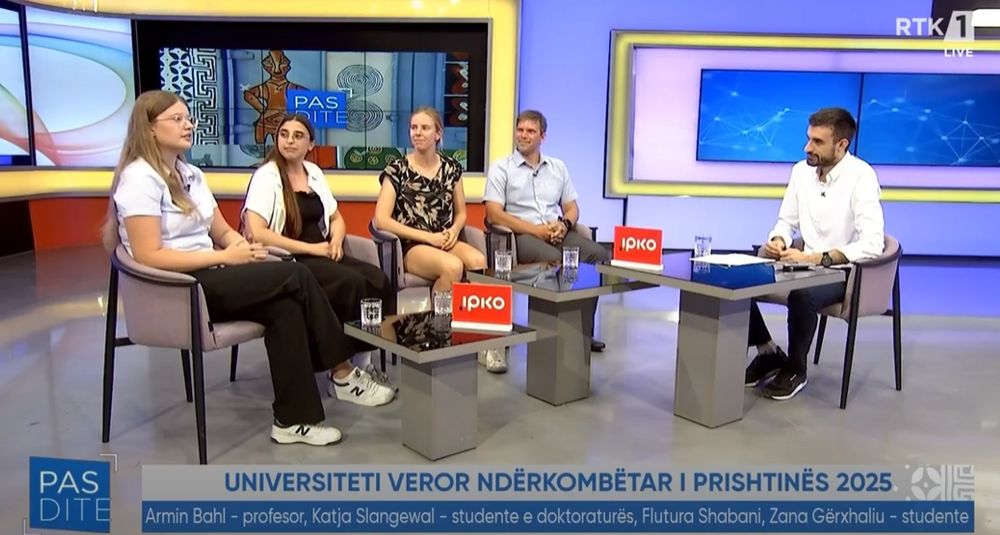
The Behavioural Neurobiology Summer School in Kosovo is back for the 2nd year and after just a few days we already made it onto live TV! For anyone who speaks Albanian, you can check out the full broadcast here: shorturl.at/kpUzp 🎙️
11.07.2025 10:58 — 👍 14 🔁 3 💬 0 📌 0
This work would not have been possible without the support of @uni-konstanz.de, @cbehav.bsky.social, @mpi-animalbehav.bsky.social, @zukunftskolleg.bsky.social, @erc.europa.eu, @boehringerglobal.bsky.social, and @dfg.de. (10/10)
23.06.2025 13:09 — 👍 1 🔁 0 💬 0 📌 0
We suggest that zebrafish phototaxis is regulated via parallel processing streams, which could be a universal implementation to change strategies depending on developmental stage, context, or internal state, making behavior flexible and goal-oriented. (9/10)
23.06.2025 13:01 — 👍 1 🔁 0 💬 0 📌 0
Model-based extraction of latent cognitive variables points towards potential neural correlates of the observed behavioral inversion and illustrates a novel way to explore the mechanisms of vertebrate ontogeny. (8/10)
23.06.2025 13:00 — 👍 0 🔁 0 💬 0 📌 0
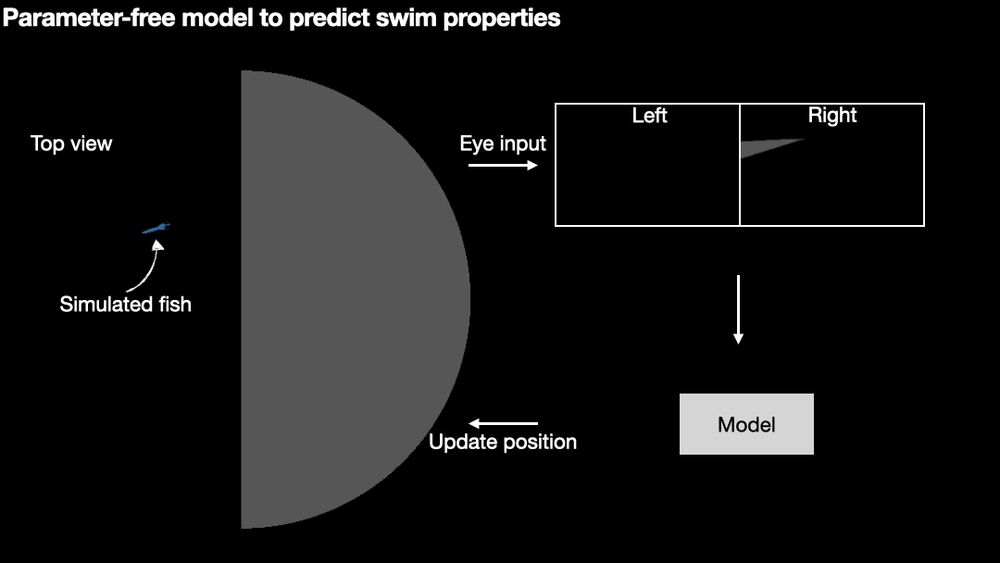
We ran simulations with virtual fish to test the model’s prediction for brightness navigation. Our model is able to qualitatively reproduce the behavior of the real fish. (7/10)
23.06.2025 13:00 — 👍 0 🔁 0 💬 0 📌 0
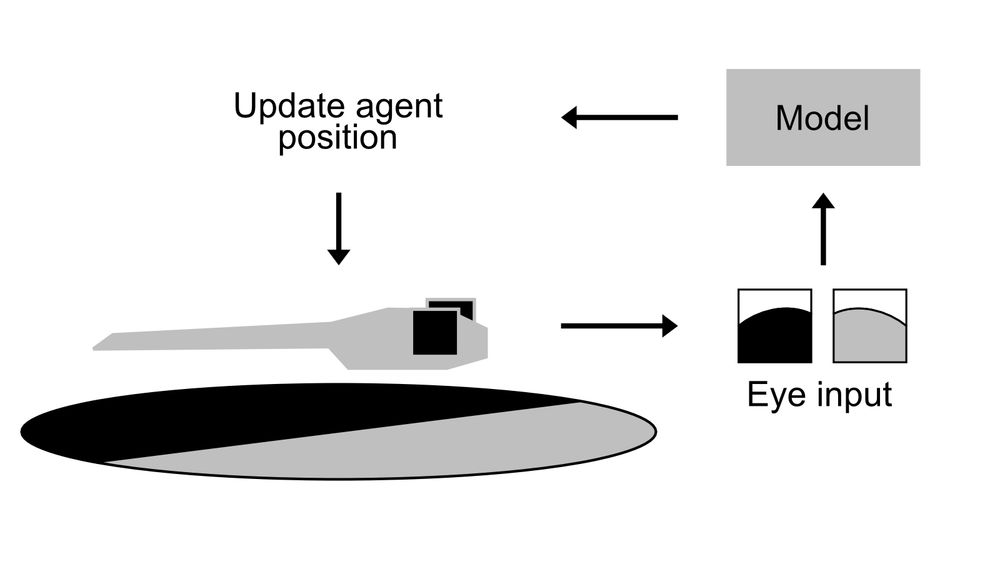
Using these pathways, we build a library of agent-based models to predict animal behavior across stimulation conditions and in more complex environments. (6/10)
23.06.2025 12:58 — 👍 1 🔁 0 💬 0 📌 0
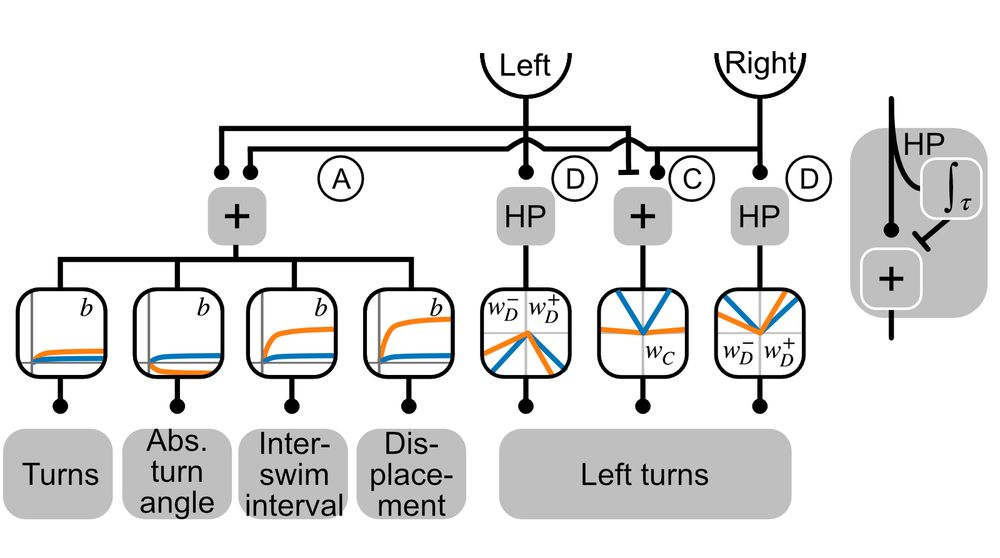
We identify three parallel pathways: averaging whole-field luminance levels (A), comparing the contrast of light levels across eyes (C), and computing eye-specific temporal derivatives (D). (5/10)
23.06.2025 12:57 — 👍 0 🔁 0 💬 0 📌 0

Next, we quantified the turning behavior using a lateral brightness stimulus that is locked to the position of the fish. (4/10)
23.06.2025 12:56 — 👍 0 🔁 0 💬 0 📌 0
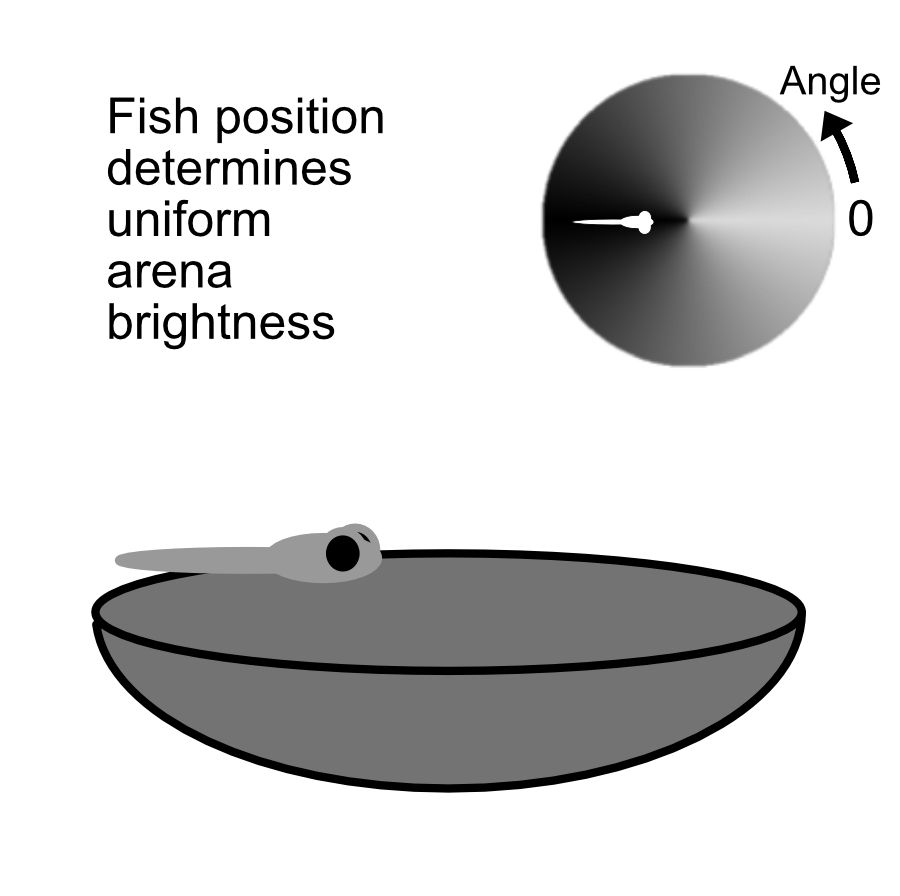
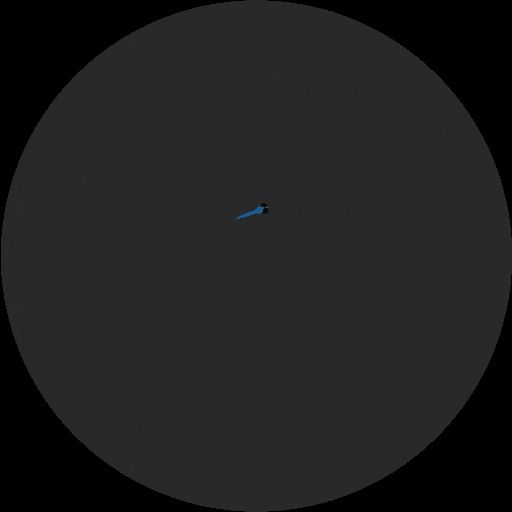
To test behavioral responses to whole-field brightness levels, we created a virtual circular gradient in which the brightness of the arena depends on the position of the fish. (3/10)
23.06.2025 12:55 — 👍 0 🔁 0 💬 0 📌 0
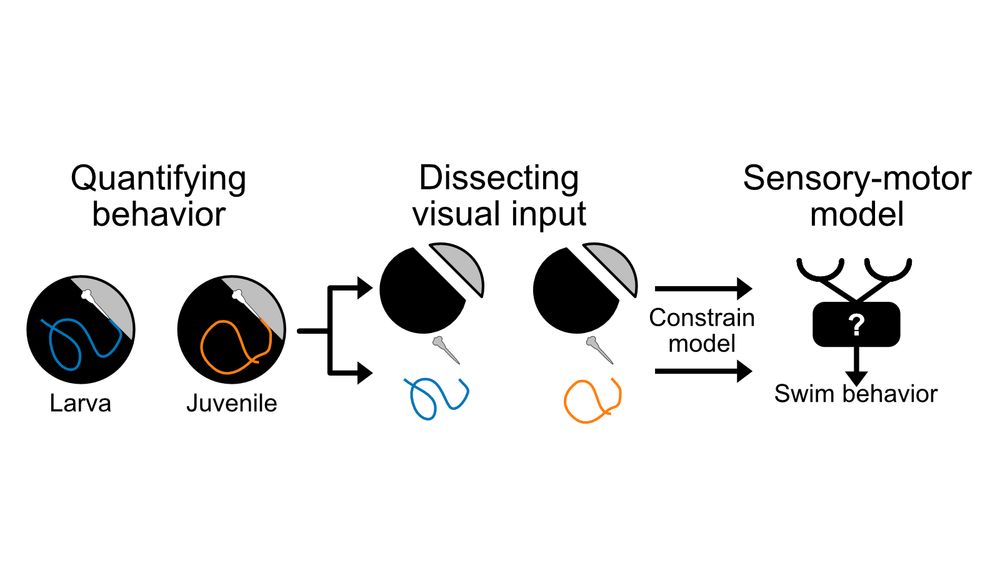
We apply a combination of modeling and complementary phototaxis assays in virtual reality to dissect the algorithmic basis of this transition. (2/10)
23.06.2025 12:48 — 👍 0 🔁 0 💬 0 📌 0
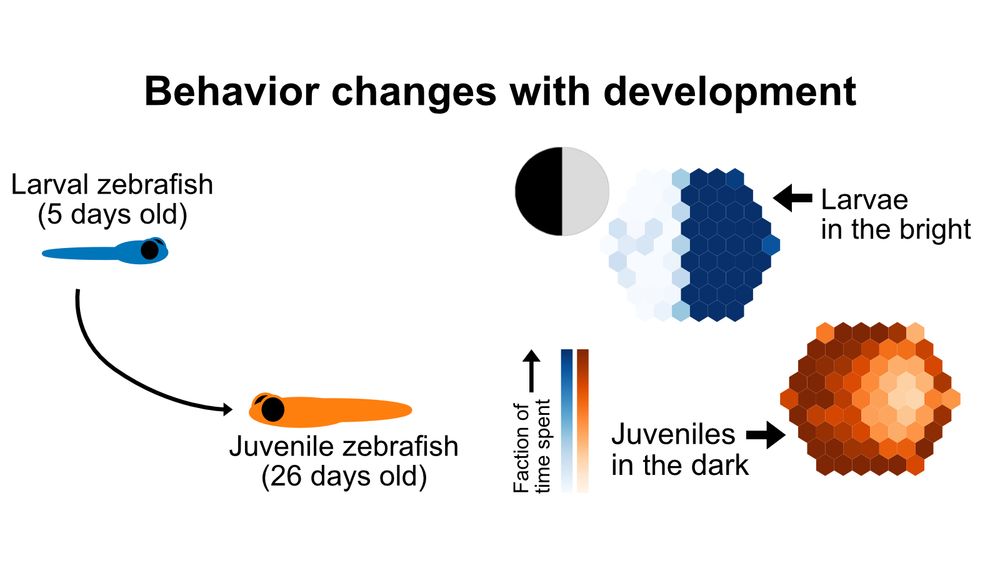
Larval zebrafish spend more time in the light, whereas juvenile zebrafish tend to approach darker regions. (1/10)
23.06.2025 12:45 — 👍 0 🔁 0 💬 0 📌 0
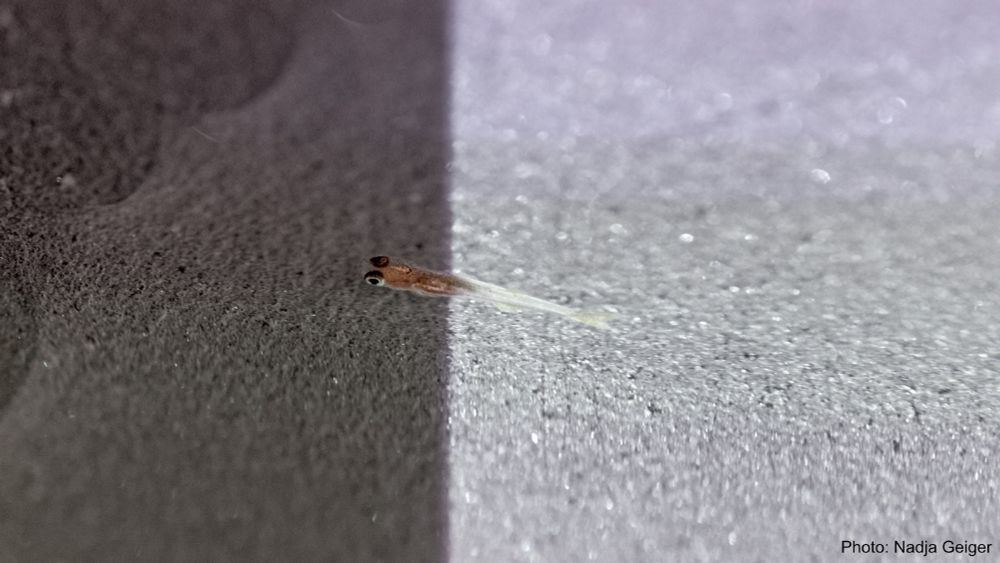
We are proud to have @maxcapelle.bsky.social's paper out on bioRxiv! He found that phototactic behavior in #zebrafish switches during #ontogeny🐟🔆 Through elegant behavioral dissections, he identifies the navigational strategies related to this transition. www.biorxiv.org/content/10.1... Thread 👇
23.06.2025 12:43 — 👍 35 🔁 12 💬 10 📌 2
For the next few months, he will move next door to the @mpi-animalbehav.bsky.social to work on animal tracking software, but we are looking forward to having him back in the lab to start his master's thesis at the end of the year!
04.06.2025 11:00 — 👍 2 🔁 0 💬 0 📌 0
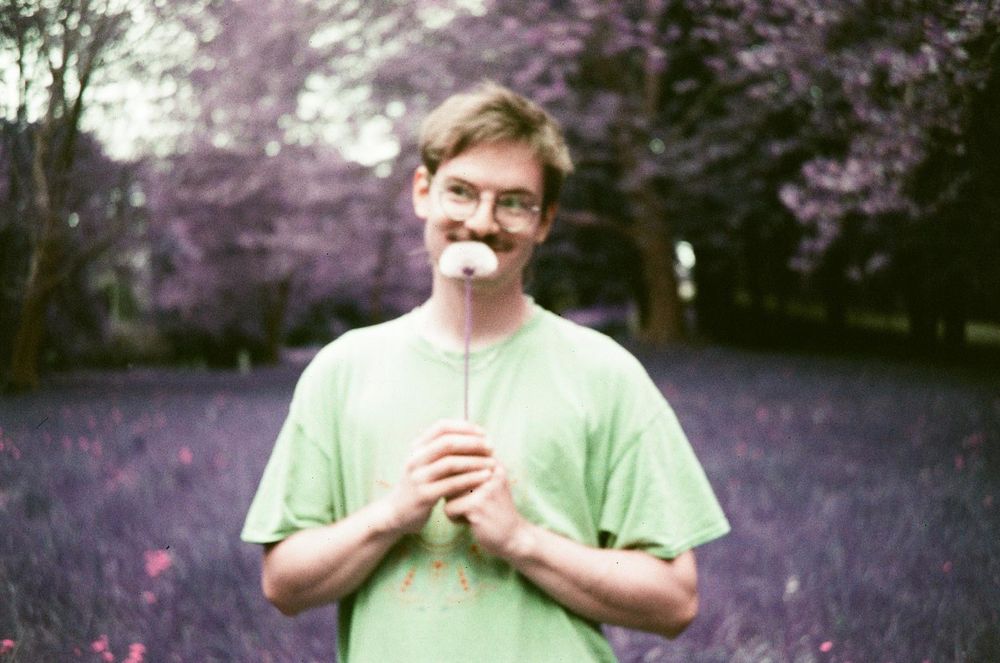
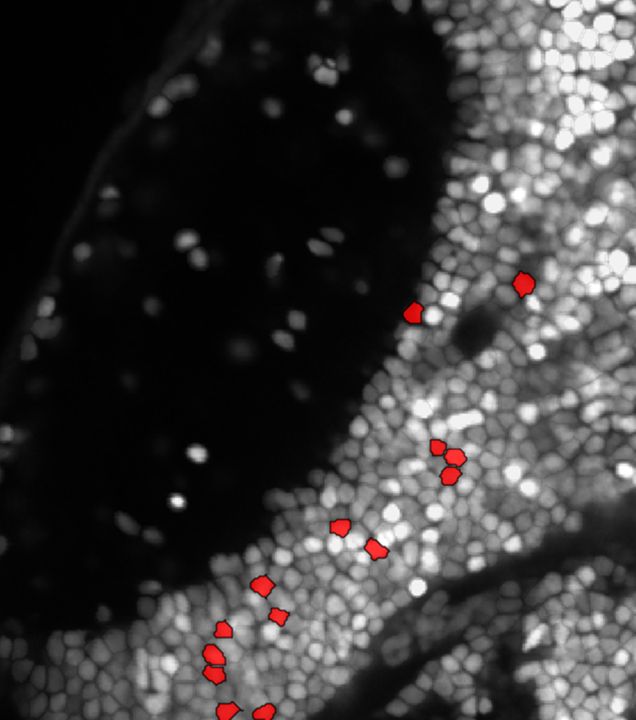
Meet Max, a life science master's student at @uni-konstanz.de who joined our lab last year to work on ablating luminance change detecting cells in the larval zebrafish brain using 2P microscopy. His excellent work contributed to efforts in the lab to probe neural circuits underlying decision-making.
04.06.2025 10:59 — 👍 7 🔁 1 💬 1 📌 0
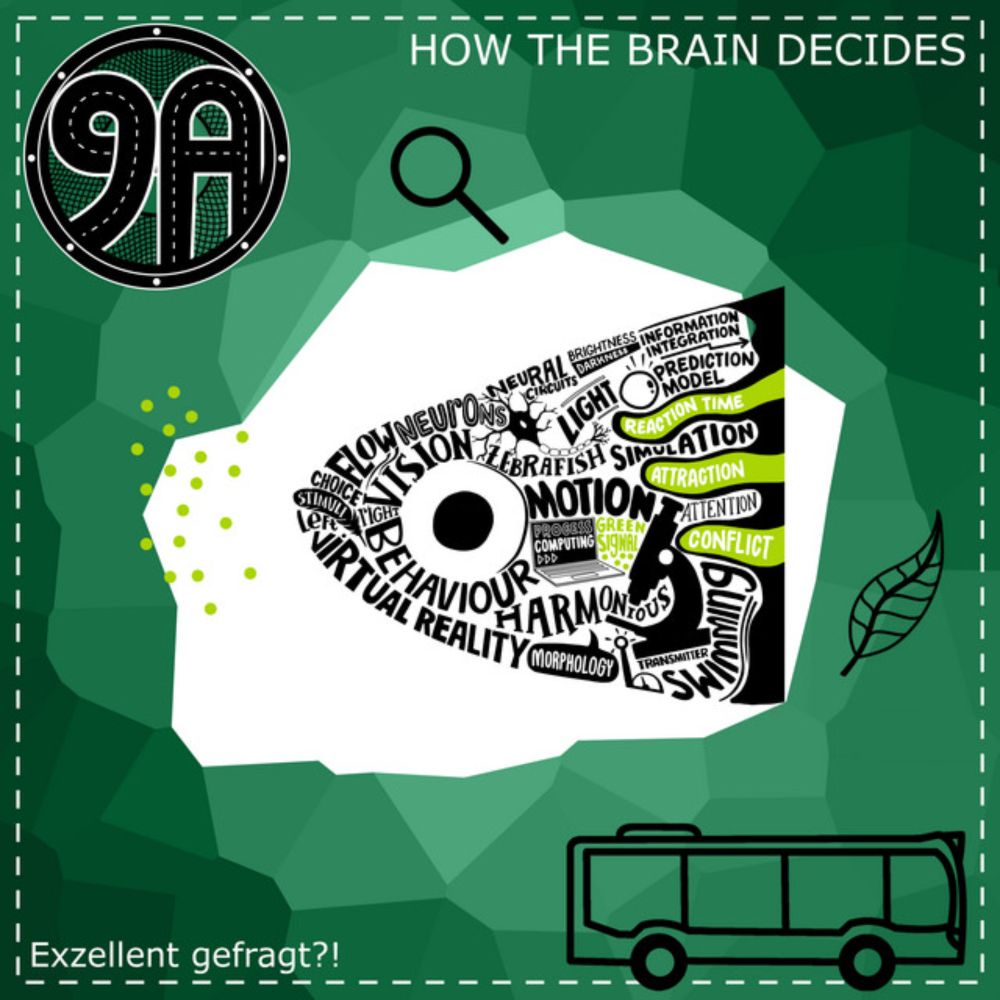
9A Spezial: Exzellent gefragt - How the Brain decides
9B · Episode
Curious how we study decision-making in the brain? PhD student Max Capelle talks about our research and methods in the @uni-konstanz.de student council podcast (in German): shorturl.at/4W6uF 🎙️
Check it out to learn more about how we combine 2P microscopy, behavioral experiments, and data analysis.
28.05.2025 08:59 — 👍 8 🔁 3 💬 0 📌 0

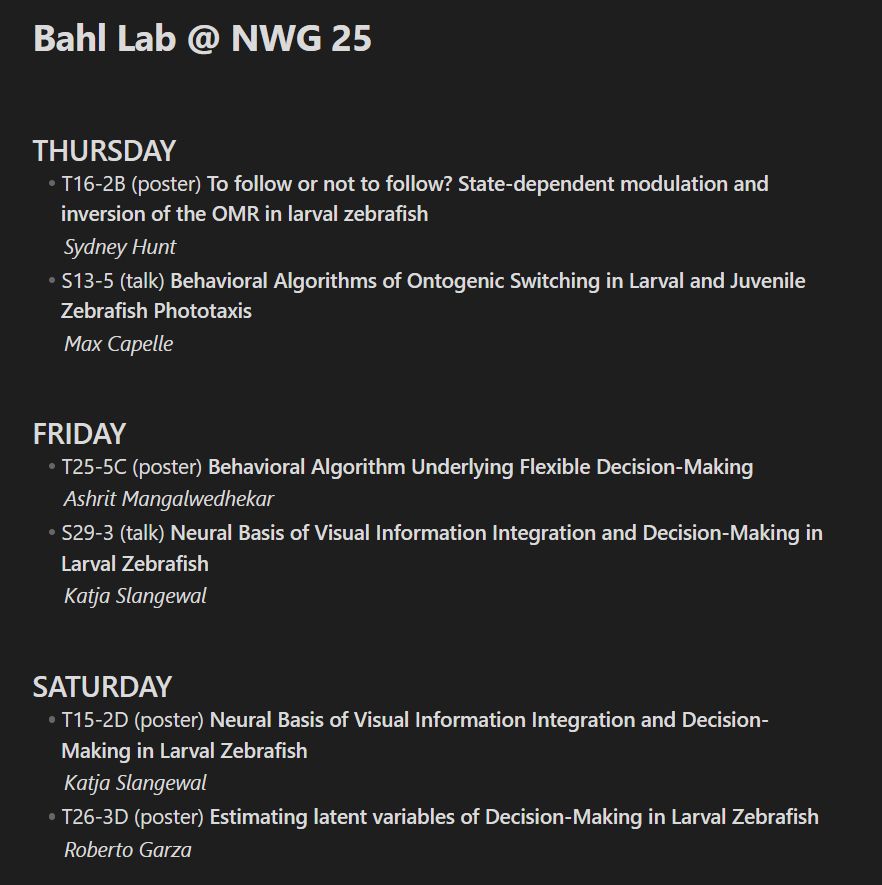
Sledding from the Bahl lab retreat into #NWG2025! Come check out our posters and talks over the next few days. See you there!
25.03.2025 10:50 — 👍 12 🔁 3 💬 0 📌 1
www.saxenalab.com
We study how stem cells migrate and differentiate into neurons and how cancer cells can hijack some of those mechanisms.
Asst Prof, Penn State College of Medicine; geneticist, biological anthropologist, #pigmentation, #daphnia & #zebrafish researcher, #microCT, scuba diver. 🇲🇾🇺🇸
Comedy fan, laboratory genius, fishkeeper, sports aficionado, 1/3 of the podcast Gettin’ Fishy with It Gettinfishywithit.com @gettinfishypod.bsky.social
Scientist @ INSERM Institut de la Vision 🇫🇷 | Microscopy 🔬 | Transcriptomics 🧬 | Developmental Biology in 4D 🌟 - Ex Chan Zuckerberg Biohub SF 🇺🇸 / RIKEN 🇯🇵
Associate Professor at University of Bristol. Zebrafish, regeneration, wound healing & immune cell lover
We study cardiac development, disease and regeneration and are located at the Hubrecht Institute in The Netherlands
Asst. Prof. at University of North Texas Department of Biological Sciences | Studying epigenetics and embryogenesis #Chromatin #Zebrafish. Lab: https://fanjumeng.github.io/
Biology prof @ #PUI, former dept chair, fish guy, developmental biologist, and vision researcher. Here for the science, football and #FPL. #COYB
We study skin-neuron interactions in #zebrafish. Located in beautiful #Seattle (UW Biology). Join us! #devbio #organogenesis #regeneration
Lab website: https://jraslab.org
Neuroscience PI in Singapore, brain-body and diet-microbiome interactions, zebrafish researcher, SfN.SG president, cat lover
www.carolineweelab.com
We study eye development and disease using zebrafish and human genetics.
https://zebrafishucl.org/young-lab
#zebrafish #devbio #genetics #morphogenesis #organogenesis #UCL
Developmental biologist studying eye formation at UCL Institute of Ophthalmology.
https://zebrafishucl.org/young-lab
#zebrafish #eye #devbio
Associate Professor of Cell Biology, Facultad de Ciencias, Udelar, Uruguay. PI, Cell Biology of Neural Development group. #development #retina #neurulation #zebrafish
Member of IBRO-LARC @ibroorg.bsky.social
Exploring the mysteries of how life starts - from fertilization to dormancy; combining in vivo & in vitro (fish, mouse, cell culture, biochem); privileged to work with an amazing team @IMP!
https://paulilab.org/
https://www.imp.ac.at/groups/andrea-pauli/
Cell & Developmental Biology. Vascular Biology. Lymphatics. Zebrafish.
Associate Director of Laboratory Research at Peter Mac Cancer Centre. Professor at The University of Melbourne.
Lecturer in Infectious Disease at KCL, Infectious Disease and Antibiotic Resistance fighter, zebrafish model devotee, science ambassador.
Principal Investigator at https://www.cabd.es | Interested in developmental epigenomics | Coordinator of the DANIO-ReCODE MSCA DN | https://danio-recode.eu | @daniorecode.bsky.social | webpage: www.bogdanoviclab.org
Organelle maniac, DNA devotee, RNA fanatic, Biology addict. 👩🏽🔬🧬🦠🧪🔬 ORCID: 0000-0001-5282-8852
https://krishnanlab.uchicago.edu/
























